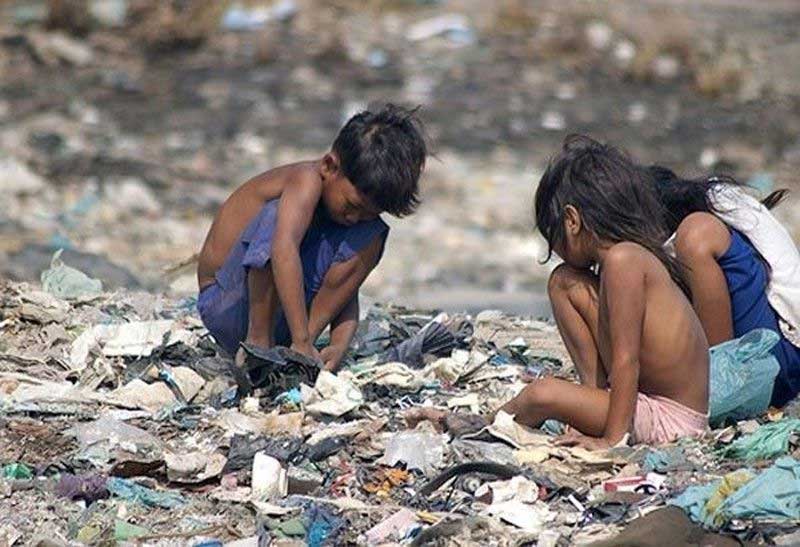
The Philippines risks falling short of its target to eliminate child labor unless urgent measures are promptly implemented, cautions Social Watch Philippines (SWP).
Under the Department of Labor’s Child Labor Prevention and Elimination Program (CLPEP), the government aspires to fulfill the Philippine Plan of Action Against Child Labor (PPACL) to remove children from child labor and its worst forms. This is also reflected in the 2023-2028 Philippine Development Plan’s target of zero child labor by 2028.
Based on Philippine Statistics Authority (PSA) data, child laborers are children who are engaged in hazardous work or work done on long hours.
Hazardous work includes children employed in mining, deep sea fishing, trafficking, and other circumstances that are likely to harm the health, safety, or morals of children.
They are a subset of the working children population, who are economically active individuals aged 5 to 17 years old engaged in a job or business, and either as paid or unpaid in the family farm or business, at any time for at least one hour per week.
“There are almost one million child laborers who are in hazardous jobs or hazardous environments in the country based on the PSA Labor Force Survey in 2021. It is alarming that they comprise almost 70% of the 1.37 million working children during the same period. Sadly, out of the 620,556 child laborers that DOLE has located and identified over the period 2018 to 2022, a measly 22.3% were provided with appropriate services such as counseling, medical, educational, and even legal assistance; while only 23.9% of them were ultimately removed from hazardous work,” SWP lamented.
SWP thus strongly calls for an additional budget allocation of PhP11,727,100 for Fiscal Year 2024 to conduct assessment and consultations for the implementation of child labor services and measures, additional personnel and operations budget for counselling and rehabilitation services for child laborers, and the conduct of research to generate data on children with disabilities among child laborers.
“Child labor may cause illness and impairment to child laborers, both visible and invisible. Thus, a budget allocation is proposed to map the possible effects of hazardous work and working environments on the long-term health and well-being of these children,” SWP added.
Furthermore, SWP is pushing both Houses of Congress as a Bicameral conference committee (Bicam) to consolidate the different child labor-reducing programs of the DOLE under CLPEP into one dedicated line item.
“It is about time to address the fragmentation of DOLE programs against child labor in the national budget. The CLPEP budget is fragmented across at least four budget line items handled by different agencies with different mandates and functions. Lodging measures and services to address child labor under different budget line items creates difficulty in ensuring accountability that the component of child labor is prioritized,” SWP explained.
These proposals were sent to lawmakers earlier in October this year. SWP hopes the proposals will be considered in the ongoing Congressional bicameral meeting for the 2024 budget.






















